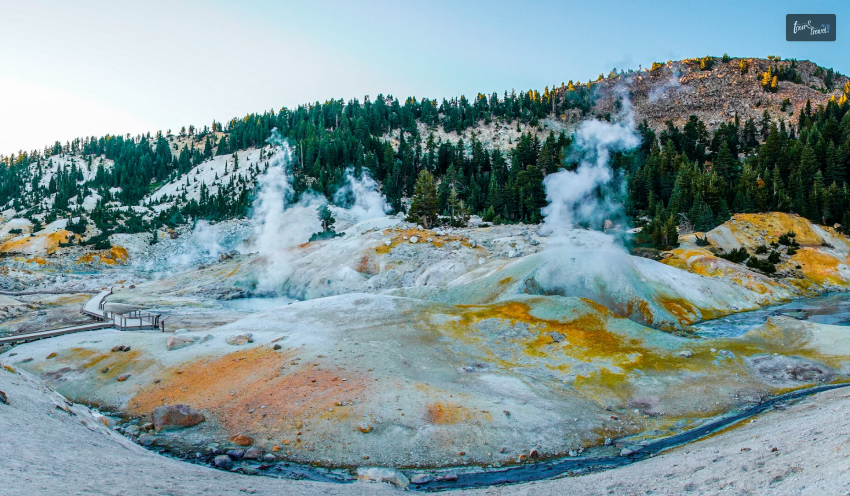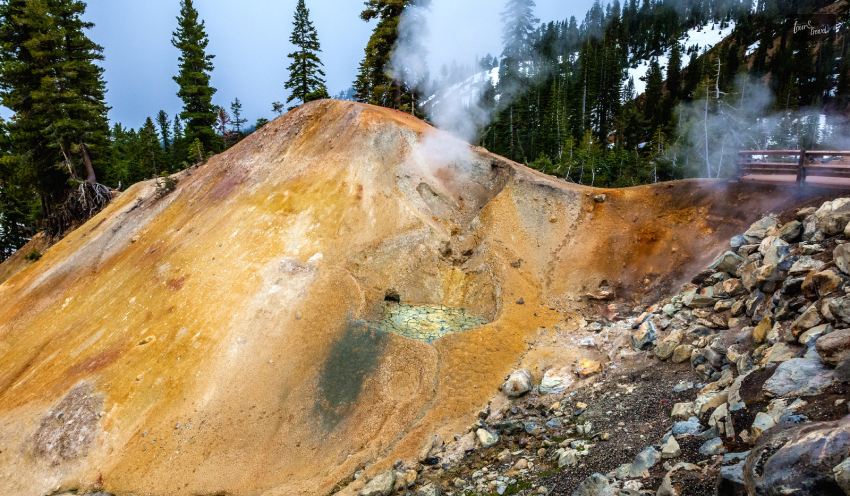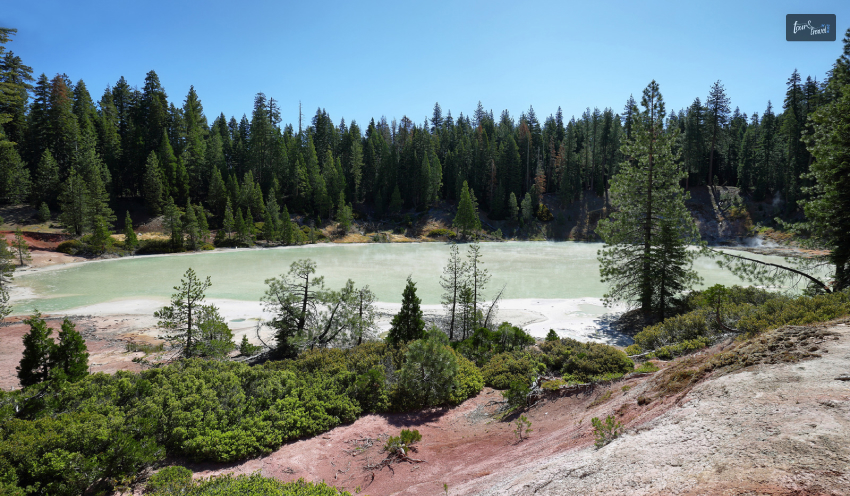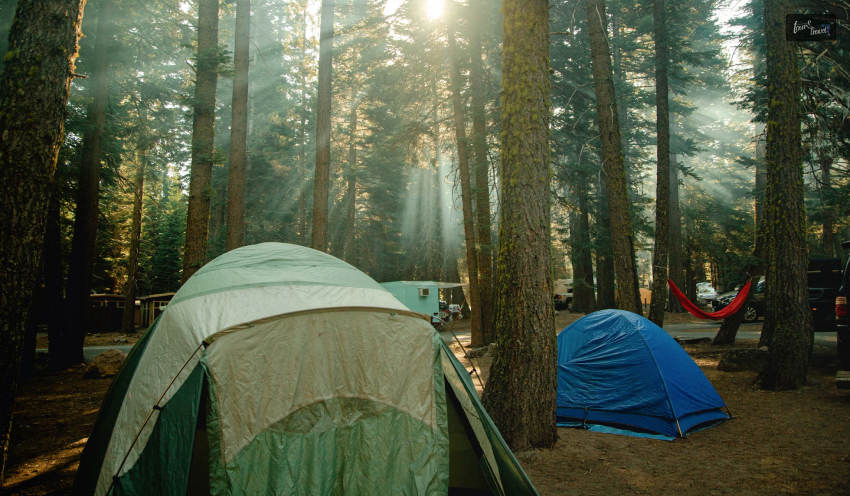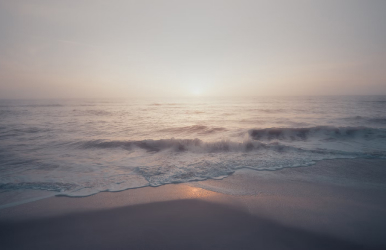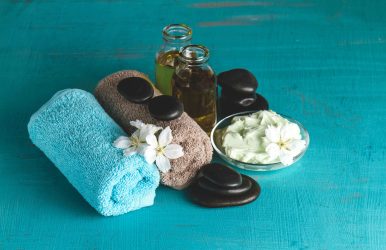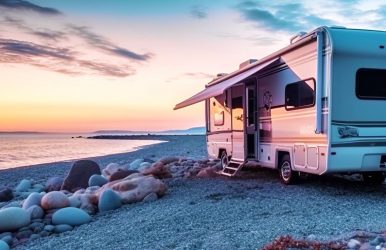Top Amenities at a Wellness Retreat
BY Sibashree Aug 28, 2025
Feels like life’s stuck on fast-forward lately, right? Always rushing, constant pings, and that grind culture whispering, “do more, do more.” No wonder so many of us end up with gut issues, burnout, or that weird foggy feeling you can’t shake. And vacations? Ha. Half the time, you feel guilty even thinking about it. A Sunday nap becomes your big reset. That’s why wellness retreats are blowing up. Honestly, they’re not just some fancy getaway anymore—they’re kind of survival mode for adults. These spots blend old-school healing tricks with real science, helping you slow down and feel human again. So, what do you actually get there? Let’s talk. In this blog, I am going to delve into the different aspects of the wellness amenities found in destination retreats by exploring their benefits and the top ones. So, keep reading to know more! What Is A Wellness Retreat? After a rigorous working week, you feel stressed and need some time off to rejuvenate your energy before going back to work. That’s where wellness retreats and resorts come to play. Unlike the regular destinations, wellness resorts provide certain facilities and amenities to help improve your health and mood. So, choosing a good wellness retreat can give you a space to enjoy your vacation fully. Moreover, these places offer various kinds of health sanctuaries– spa, therapy, yoga, and more. So, you get to take care of your mental and spiritual wellness while travelling to a scenic place. Why Should You Choose A Wellness Retreat? Unlike the simple trips, going to a wellness retreat can actually be quite beneficial. Some of its benefits include: Improving Personal Health: Firstly, these retreats provide the perfect sanctuary to recover your health. So, by offering various healthy activities and healing processes, they improve your personal health, allowing you to revive your strength. Connecting To Nature: Moreover, the retreats are located in scenically beautiful places. So, you get to connect with nature. Additionally, these retreats are designed with eco-friendly architecture and create spaces for outdoor activities. So, you get to be surrounded by nature, which helps in healing your emotional and mental stress. Exceptional Spa Treatments: In addition to this, these retreats come with many kinds of Spa treatments that address different needs of your personal health. So, you can choose from the wide variety and get the treatment to feel rejuvenated. Providing Healthy Meals: Moreover, the meals offered at these wellness retreats are made with health considerations. So, you get healthy and nutritious meal options, helping you to get a tailored menu for a healthy lifestyle. Enabling Reset And Refreshing: Along with this, the wellness amenities offered in these destination retreats help in refreshing and resetting your overall health. So, naturally, they become the all-in-one solution for stressful health issues. What Are The Top Wellness Amenities Found In Destination Retreats? Given that wellness retreats provide the best space to enjoy your vacation, along with improving your health, they are becoming quite popular. Moreover, most of these destination retreats offer countless wellness amenities like: 1. Nutritious Meals That Actually Taste Good Here’s a truth you can’t escape—your gut runs the whole show. Mood, focus, energy, all of it ties back to what’s happening inside. And fixing that? Starts with food. Not packets and takeout. Actual food. If you land at a gut health retreat in Thailand, you’re in for a treat. Think fresh, local stuff—meals that heal and taste insane at the same time. Anti-inflammatory dishes, organic produce, and menus built just for you. And the best part? Some spots even teach you how to cook this stuff, so you don’t end up back home eating toast for dinner. 2. Yoga and Movement To Keep Things Flowing Food helps, but stress? That’s the other beast. Emotions, tension—they wreck your system. So these retreats sneak in daily movement that feels… gentle. Not like punishment at the gym. You’ll see slow yoga flows, deep breathing sessions, maybe a meditative walk where you can actually hear your own thoughts (wild, I know). Sometimes it’s just stretching under the trees. It’s all about calming that buzzing nervous system and, bonus, boosting blood flow. Your body will thank you later. 3. Spa And Relaxation (Because Who Doesn’t Need That?) Look, sometimes you just want to be spoiled. And retreats nail that part. The spa vibes? Unreal. We’re talking massages that melt you into the table, saunas that sweat out all the stress, and quiet corners where no one’s asking you for anything. Add soft lighting, comfy rooms, and zero notifications, it’s peace you didn’t know you needed. 4. Herbal Therapies And Supplements Herbs have been doing their thing for centuries, and retreats still swear by them. Why? Because they work. You’ll probably sip teas packed with turmeric or ginger for digestion, maybe Ayurvedic blends to keep things… moving smoothly. Marshmallow root shows up too, it’s like a hug for your gut lining. Some places hand you supplements as part of the plan, and yep, they’ve got little shops so you can stock up before you head out. 5. Educational Workshops To Take Home With You The retreat ends but your life doesn’t, right? That’s why the good ones make sure you leave with actual skills. Cooking classes that don’t feel like a lecture. Nutrition basics you can use without Googling. Stress hacks that work when you’re losing it on a Monday morning. And group chats because sometimes hearing “me too” is half the therapy. Wellness Amenities In Retreats: A Serene Environment That Heals By Itself And honestly? Half the magic is just the setting. When’s the last time you woke up without traffic in the background or notifications buzzing at 6 a.m.? Moreover, these wellness amenities found in the destination retreats help in rejuvenating your energy and improving your health. So, whenever you feel drained, just pack your bags and enjoy spending a day in these retreats. Here, mornings start with birds. Maybe a warm breeze sneaks in while you sip tea. Nights? Nothing but nature humming in the background. Your nervous system will practically send you a thank-you note. READ MORE: A Design Lover’s Guide To Staying In Singapore Maximizing Thrill: Expert Advice On Off-Road Motorcycle Rentals Uluwatu Beach: The Prettiest Beach In Bali (A Hidden Gem With Stunning Sunsets, Surfing And Serenity)

